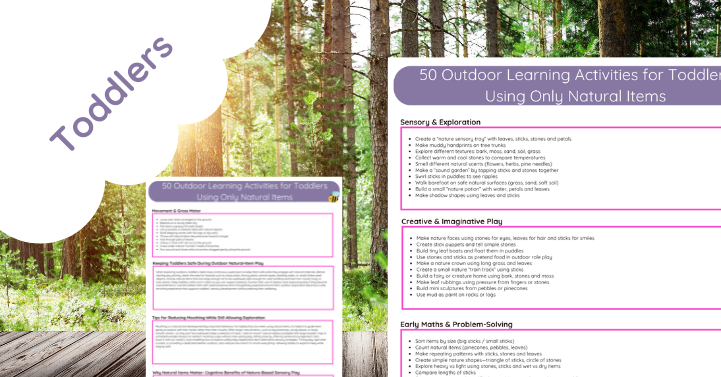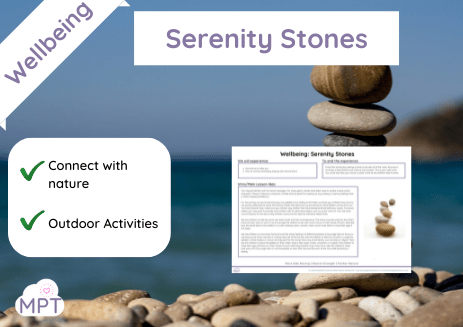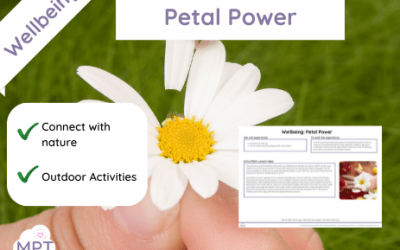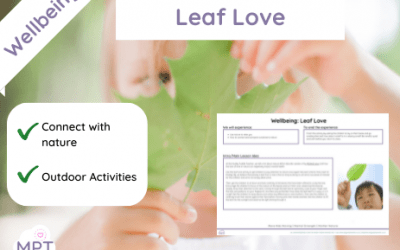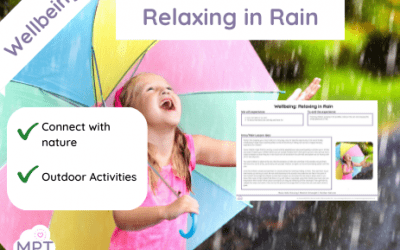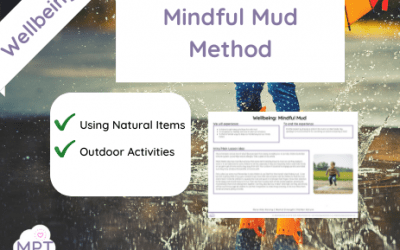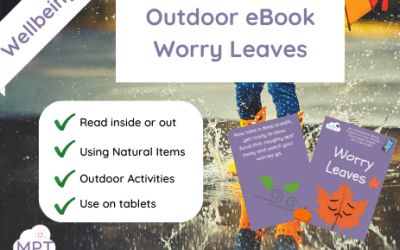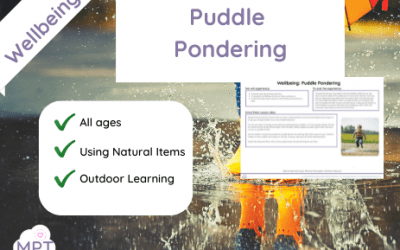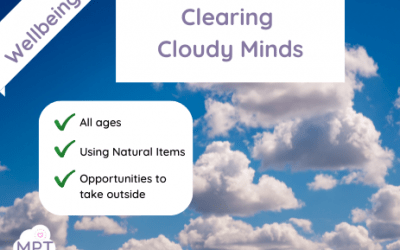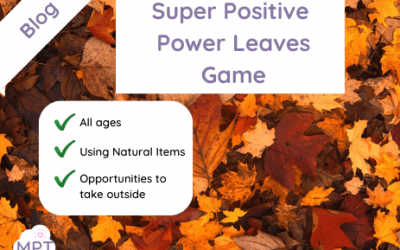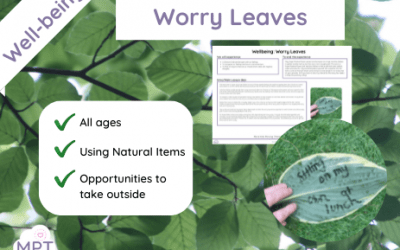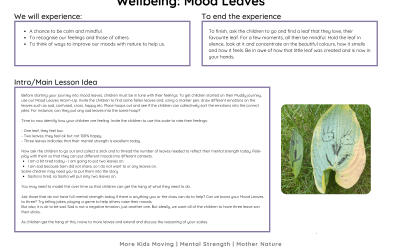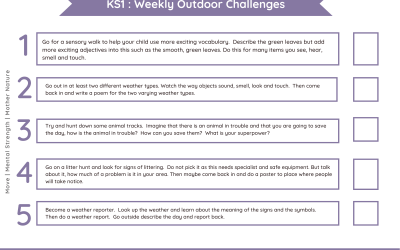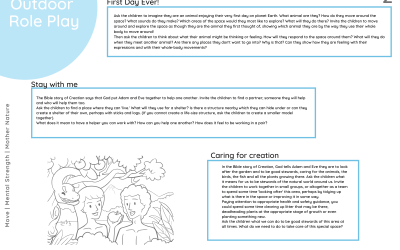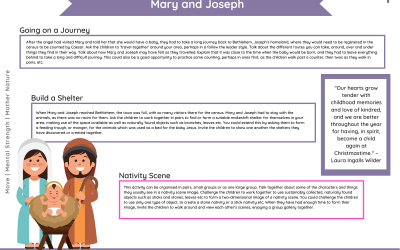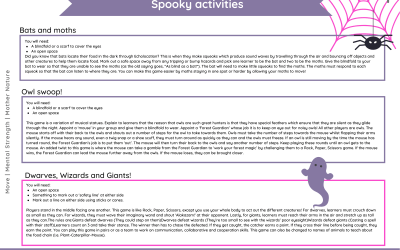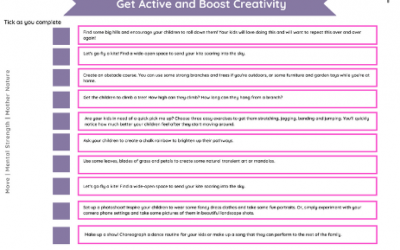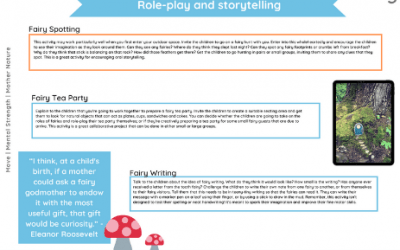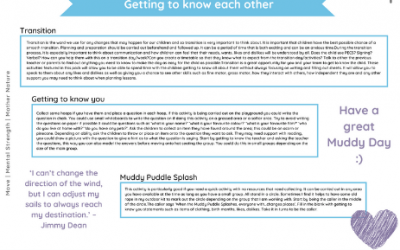Wellbeing: Serenity Stones ⇒Use the Serenity Stones to help children use nature to transfer negative energy. A...
Petal Power (Wellbeing)
Sep 8, 2021
Wellbeing: Leaf Love ⇒Use the Petal Power to take you back to your own childhood and use the holistic joys of making...
Leaf Love (Wellbeing)
Sep 8, 2021
Wellbeing: Leaf Love ⇒Use the Leaf Love to help children have a method to help them connect with nature. Connecting to...
Relaxing in the Rain (Wellbeing)
Sep 8, 2021
Wellbeing: Relaxing in the Rain ⇒Use the Relaxing in the Rain lesson plan to make the most of outdoor learning. Do...
Mindful Mud (Wellbeing)
Sep 8, 2021
Wellbeing: Mindful Mud ⇒Use the Mindful Mud method and let mud and mess make you all feed good! ⇒Single Lesson Plan We...
Worry Leaves (Outdoor eBook)
Sep 7, 2021
Worry Leaves ⇒This eBook can be read outdoors in indoors, with tasks to do outdoors after ⇒Single Text We will...
Wellbeing: Puddle Pondering
Sep 2, 2021
Puddle Pondering is a fabulous way to get your sillies out. Being silly is extremely important for children to be...
Wellbeing : Clearing Cloudy Minds
Sep 2, 2021
Clearing cloudy minds and being mindful is imperative in all of our lives. We lead busy, fast-paced lives and...
Super Positive Power Leaves
Sep 1, 2021
Super Positive Power Leaves Play 'Super Positive Power Leaves' and end your lesson on a high. ?Ask the children to...
Well-being: Worry Leaves
Sep 1, 2021
Worry Leaves This lesson plan will cover the following objectives: A chance to talk and be open with our feelings. To...
Well-being: Mood Leaves
Sep 1, 2021
Mood Leaves Use this natural and nurturing lesson plan and let nature help the children to connect with their...
*FREE*Daily Outdoor Challenges KS1 – Nature Theme
Jan 18, 2021
Daily Outdoor Challenges KS1 Nature Theme Let the Muddy Puddle Teachers help you with the lockdown and get free whole...
KS1 Christianity Creation Story
Jan 6, 2021
Outdoor Learning KS1 Christianity Creation Story In a nutshell: Why not try Outdoor Learning Creation Story to get...
Nativity Ideas Pack (Take it Outside!)
Dec 9, 2020
Use Nativity ideas pack to use natural resources and take the learning of this area outside. There is something...
Horrible Halloween Lesson Ideas Pack
Oct 22, 2020
Use our Horrible Halloween Ideas Pack to get lots of ideas and ways to make Halloween special in your class.
50 School Holiday Wellbeing Ideas for KS1
Sep 30, 2020
Use 50 School Holiday Wellbeing Ideas for KS1 to help parents focus on feelings and happiness as they enjoy their break from school.
Fairies KS1 Ideas Pack
Sep 17, 2020
Use Fairies KS1 to add a little outdoor sparkle and magic to this imaginative topic.
Dealing with Transition
Sep 16, 2020
Use this delightfully muddy pack of ideas to make transition week the best fun. Use the outside space to help children get to know each other, you and the class
New In
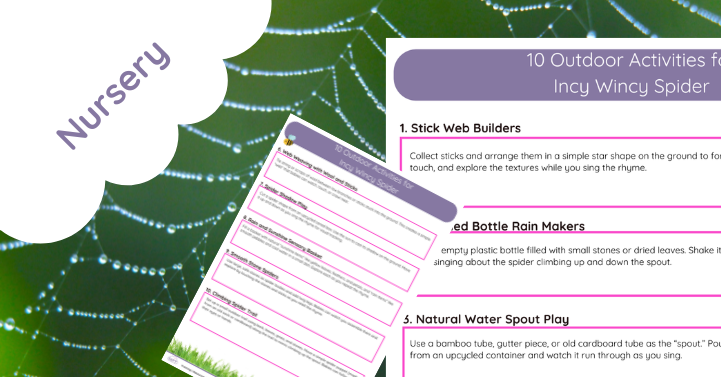
10 Outdoor Activities for Incy Wincy Spider
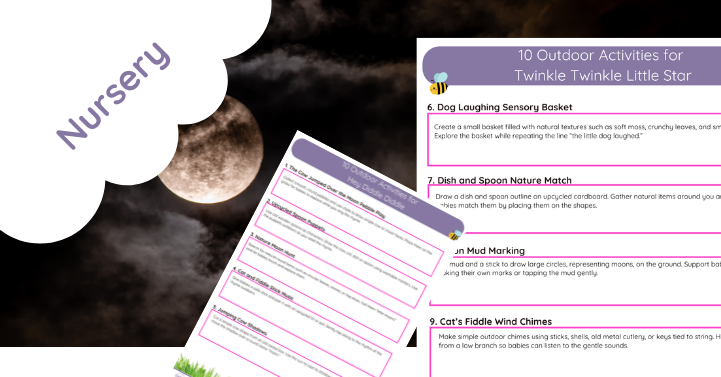
10 Outdoor Hey Diddle Diddle Activity Ideas
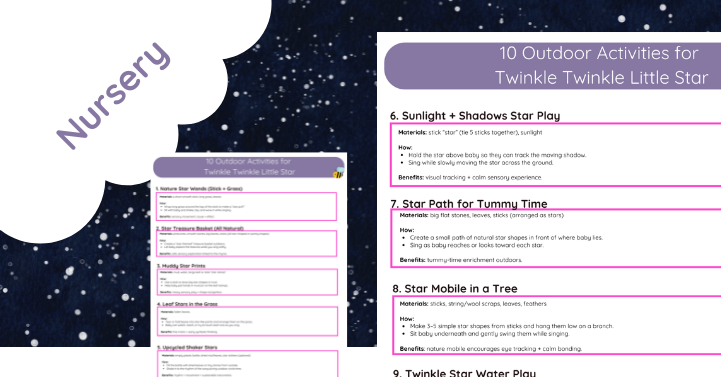
10 Outdoor Activities for Twinkle Twinkle Little Star
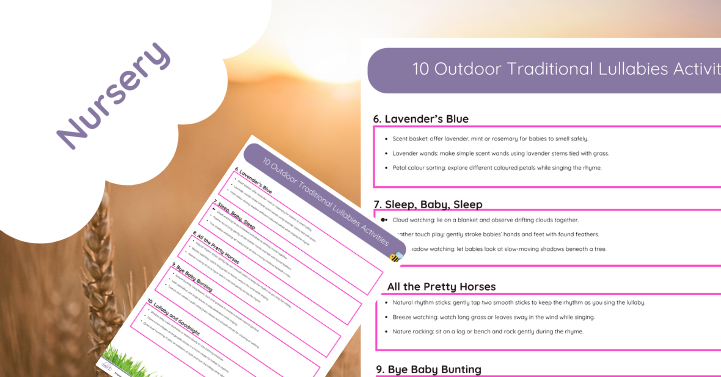
Outdoor Lullaby Activities for Babies
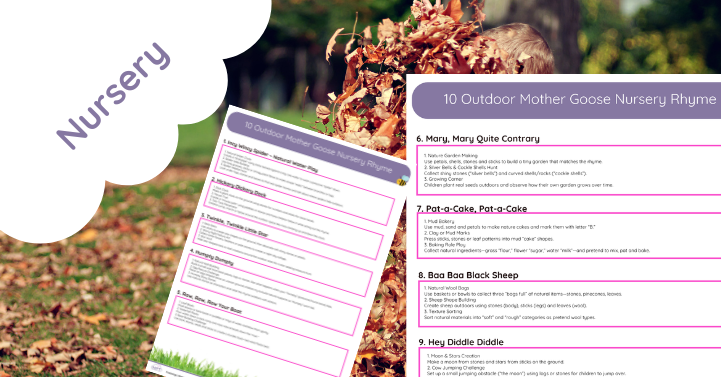
10 Outdoor Mother Goose Nursery Rhyme Activities
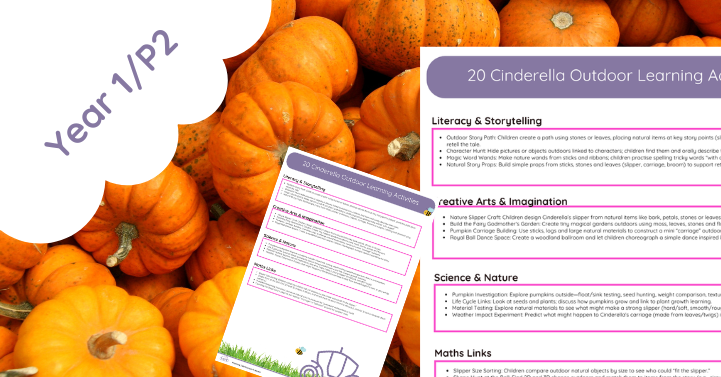
20 Cinderella Outdoor Learning Activities
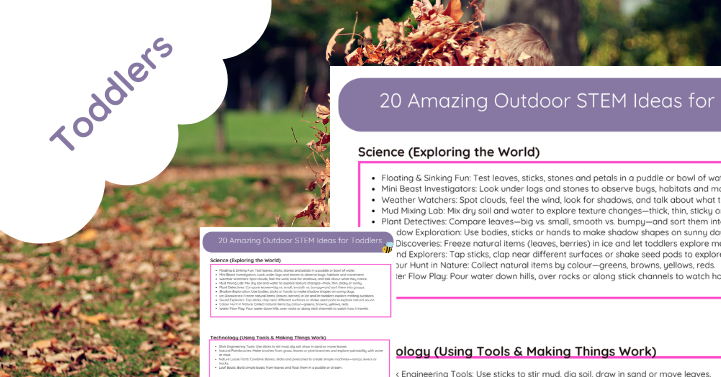
20 Amazing Outdoor STEM Ideas for Toddlers
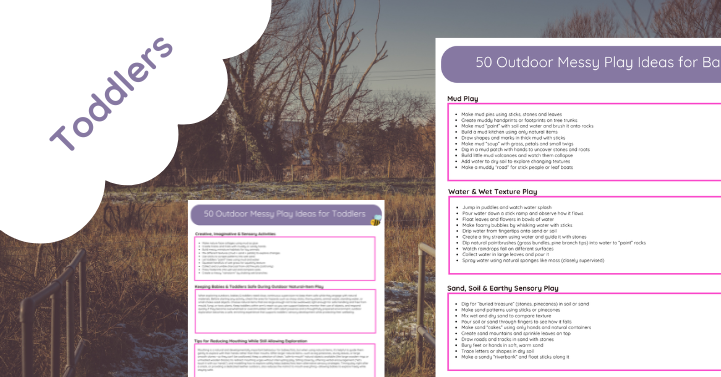
50 Outdoor Messy Play Ideas for Toddlers Using Natural Items
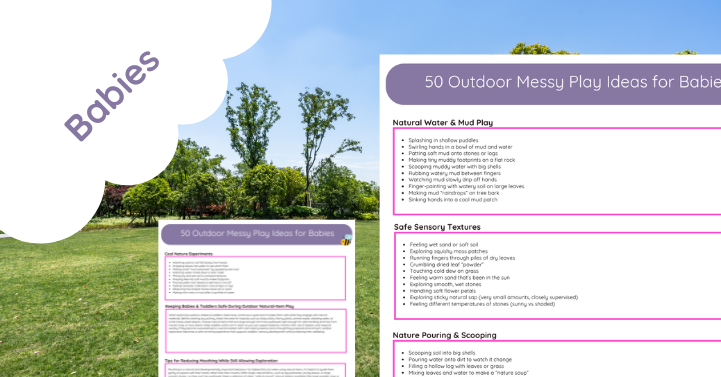
50 Outdoor Messy Play Ideas for Babies Using Natural Items
